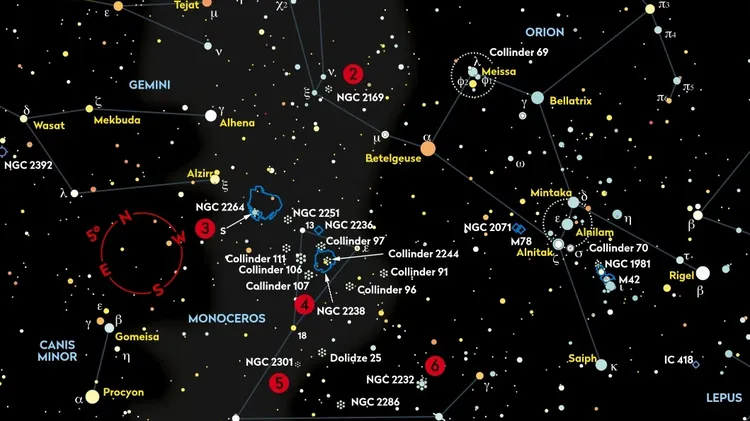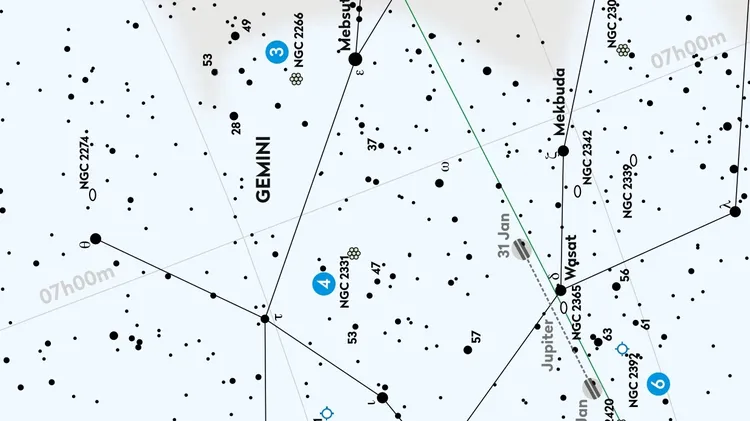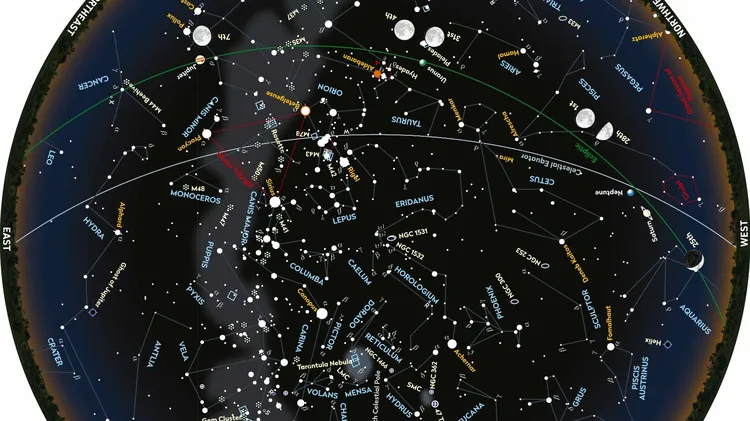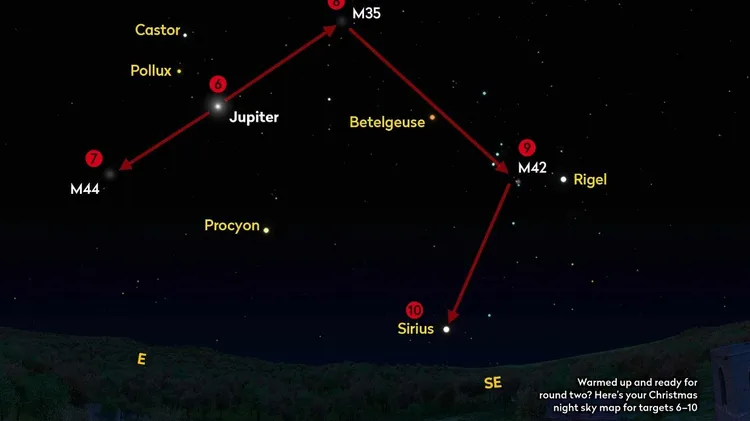Start from a horn of plenty, stop by the Milky Way’s oldest s
Binocular tour with steve tonkin
1 min read
This article is from...
Read this article and 8000+ more magazines and newspapers on Readly






